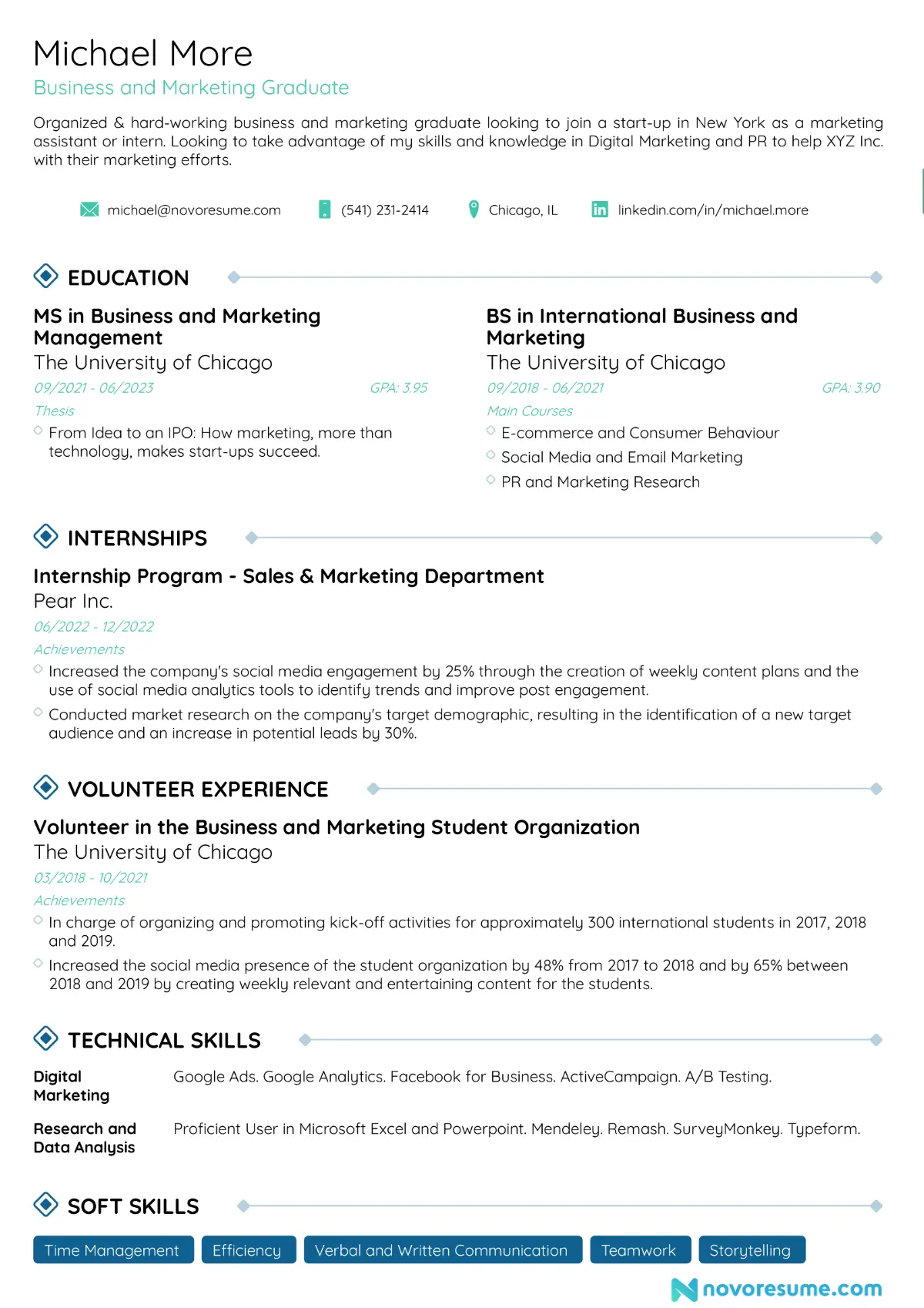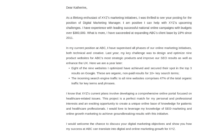Starting your job search can feel like a monumental task, especially when you are faced with the blank page of a CV and the common question: “What do I put here if I have no work experience?” It is a perfectly normal concern, but rest assured, you have more to offer than you might think. Many people begin their professional journeys from this very point, and with the right approach, you can create a compelling document that highlights your potential.
This article is specifically designed to guide you through crafting an effective **cv template for someone with no experience**. We will explore how to showcase your academic achievements, transferable skills, personal projects, and volunteer work in a way that captures the attention of potential employers, demonstrating your enthusiasm and readiness to contribute, even without a lengthy employment history.
Building Your First CV: What to Include When You Have No Work History
When you are creating your first CV without a traditional work history, the key is to shift focus from past employment to future potential and relevant experiences you have gained elsewhere. Think broadly about your life experiences. Have you been involved in school clubs, community projects, or personal hobbies that required specific skills? These are all valuable assets that can be leveraged to build a strong foundation for your CV. Start with your contact information, followed by a strong personal statement or objective that clearly outlines your career aspirations and what you hope to bring to a role.
Your education section will likely be the most prominent part of your CV. Detail your academic qualifications, including any degrees, diplomas, or certifications you have earned. Do not shy away from listing relevant coursework, major projects, or academic achievements such as high GPA or scholarships. This section provides a clear picture of your foundational knowledge and dedication to learning, which are highly valued by employers looking for entry-level candidates.
Highlighting Your Strengths Beyond Traditional Jobs
This is where many people with no experience feel stuck, but it is actually an exciting opportunity to show your unique capabilities. Beyond formal education, consider any volunteer work you have done, leadership roles in student organizations, or even personal projects like creating a website, organizing an event, or managing a social media page for a cause. These experiences demonstrate initiative, responsibility, and the application of practical skills, even if they were unpaid or informal. Employers are looking for individuals who can problem-solve, communicate effectively, and work as part of a team, and these experiences can powerfully illustrate those abilities.

When detailing these experiences, always think about the transferable skills you utilized. For instance, organizing a school fundraiser shows project management, communication, and budgeting skills. Leading a sports team highlights leadership, teamwork, and strategic thinking. Even customer service roles in a volunteer capacity demonstrate interpersonal skills and problem-solving. Make sure to quantify your achievements where possible, such as “raised $500 for charity” or “increased club membership by 20%.”
Finally, dedicate a specific section to your skills. This should include both hard skills, like proficiency in specific software or languages, and soft skills, such as communication, teamwork, problem-solving, adaptability, and time management. Be honest about your proficiency levels, but do not underestimate the value of these attributes. You can even categorize them for better readability. Here are some examples of experiences to draw from:
- Volunteer work (e.g., at a local charity, community event, or animal shelter)
- Personal projects (e.g., building a website, coding an app, creative writing, photography portfolio)
- Academic projects (e.g., research papers, presentations, significant group assignments)
- Extracurricular activities (e.g., sports teams, debate club, student government, school newspaper)
Making Your CV Stand Out: Formatting and Presentation Tips
Once you have gathered all your valuable experiences and skills, the next crucial step is presenting them in a clear, concise, and professional manner. An aesthetically pleasing and easy-to-read CV can make a significant difference in catching a recruiter’s eye, especially when they are sifting through many applications. While you may lack extensive work history, you can certainly make a strong impression through smart design choices.
Choose a clean and modern layout. Avoid overly decorative fonts or excessive use of colors. Stick to a professional font like Arial, Calibri, or Times New Roman, and ensure the font size is readable (usually 10-12pt for body text, larger for headings). Use clear headings for each section (e.g., “Education,” “Skills,” “Volunteer Experience”) to help recruiters quickly navigate your document. Consistency in formatting, spacing, and bullet points is paramount for a polished look.
Utilize bullet points effectively to describe your experiences and achievements. Instead of writing long paragraphs, use concise, action-oriented bullet points that start with strong verbs. For example, instead of “I helped organize events,” write “Organized and executed three successful community events.” This makes your contributions impactful and easy to digest. Remember to keep your CV to one page if possible, especially when starting out, as brevity demonstrates your ability to summarize and prioritize.
Proofreading is not just a suggestion; it is a critical step. A single typo or grammatical error can undermine your professionalism and attention to detail. After you have drafted your CV, take a break and then review it with fresh eyes. Better yet, ask a trusted friend, family member, or career advisor to proofread it for you. They might spot errors you have overlooked. Also, consider saving your CV as a PDF to preserve its formatting, unless the job application specifically requests a different format. Here are some key formatting tips:
- Use a professional, easy-to-read font (Arial, Calibri, Times New Roman).
- Maintain consistent formatting throughout, including headings and spacing.
- Use action verbs and bullet points to describe experiences concisely.
- Save your CV as a PDF to ensure formatting is preserved across different systems.
Lastly, always tailor your CV to the specific job you are applying for. Even with no experience, you can subtly tweak your personal statement, skill section, and the description of your activities to align with the job description’s requirements. Look for keywords in the job advert and try to incorporate them naturally into your CV, demonstrating that you have carefully considered the role and possess the desired attributes.
Crafting a compelling CV when you are just starting your career is entirely achievable. By focusing on your education, transferable skills, and extracurricular involvement, you can present a strong case for why you are the ideal candidate. Remember, every professional started somewhere, and your journey begins now. With a well-structured and thoughtfully presented CV, you are well on your way to making a memorable first impression and opening doors to exciting opportunities.
Embrace the challenge of showcasing your unique strengths and potential. Your enthusiasm, willingness to learn, and demonstrated skills from various life experiences are valuable assets. Take the time to customize your CV for each application, highlighting the aspects most relevant to the role. This proactive approach will undoubtedly set you apart and increase your chances of securing that initial interview.
